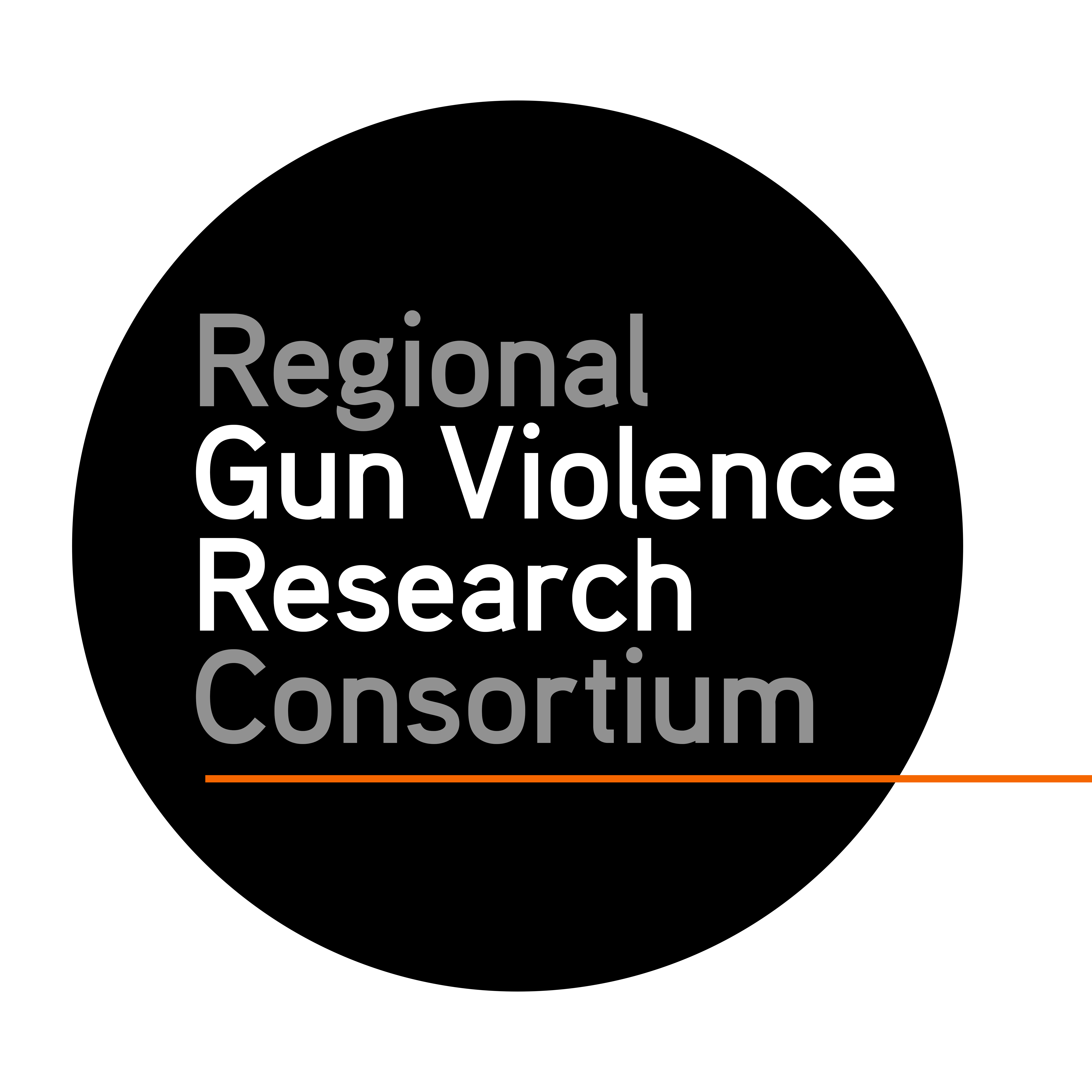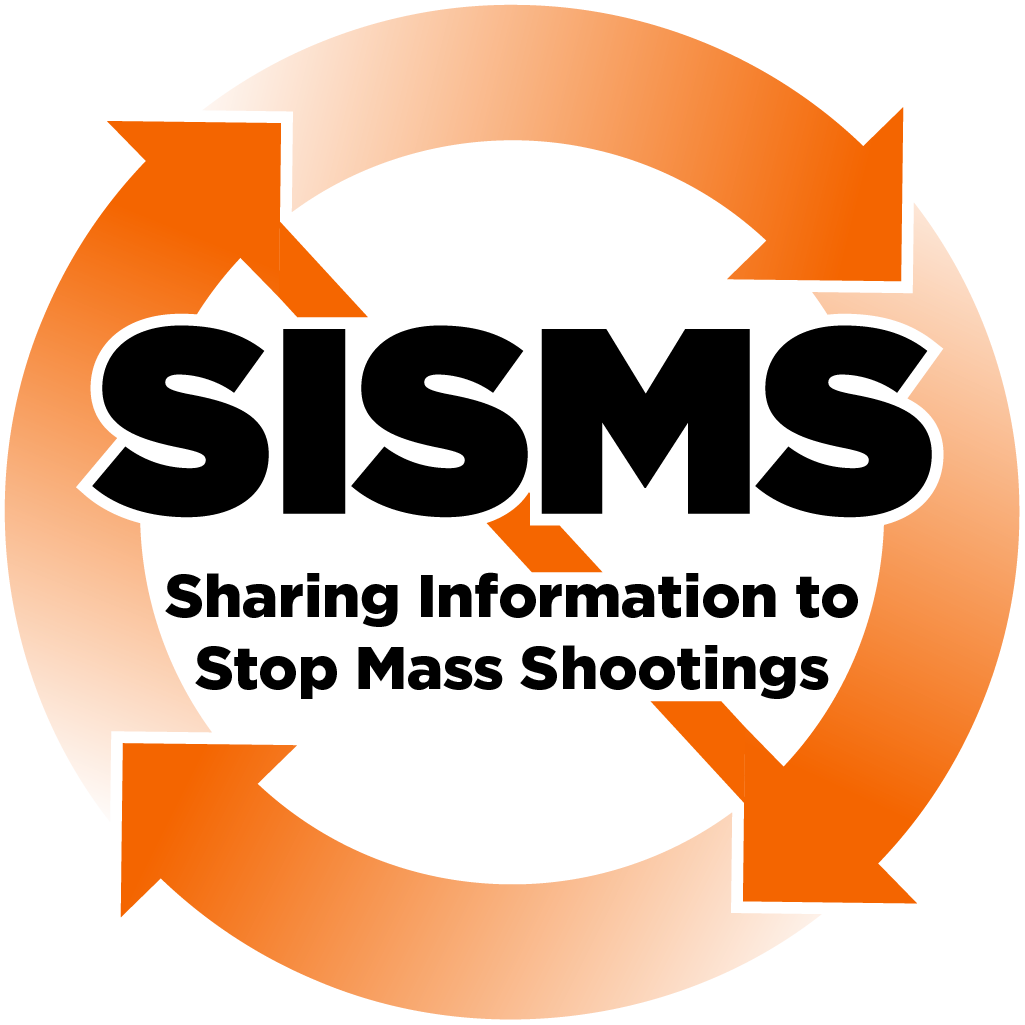

Mass public shootings in the United States continue to be a cause of concern among the public and policymakers alike. Although these events are statistically rare in the context of all crime, they continue to increase in both frequency and severity year after year. Mass public shootings occur at a range of different locations, from schools and workplaces to nightlife establishments and places of worship, and they affect individuals and communities across the nation. Consequently, stakeholders continue to seek ways to prevent these tragedies and the devastation they cause.
This two-phase project takes a unique approach to aiding in these efforts by raising public awareness about the warning signs that precede mass public shootings to improve reporting and ultimately prevention of these tragedies. Specific attention is paid to “leakage”—the communications shared by nearly all perpetrators of mass public shootings in the lead-up to the attack—alongside other warning behaviors that demonstrate their intentions.
During the first phase of this project, researchers will conduct the first systematic evaluation of warning communications and behaviors from perpetrators in mass public shootings from 1999 to 2024. Using a novel three-tiered data collection strategy, they will build comprehensive case files for perpetrators of previous mass public shootings that capture their leakage alongside other pre-attack behaviors. These then will be analyzed to identify commonalities among mass public shooters.
Findings from the analyses in the first phase of the project will support the development of training programs for specific audiences (i.e., students and staff in K-12 schools and colleges and universities) and the general public. These trainings will teach audiences about leakage and how it and associated behaviors precede mass public shootings, how warning signs can be identified, and how and where they should be reported once discovered.
A seemingly unique condition of mass public shootings compared to most other forms of firearm violence is that they often are predatory in nature and extensively planned. This pre-attack period is typically marked by various warning behaviors that, if detected, can be used to help prevent the shooting from occurring. In fact, one of the primary reasons that mass public shootings are averted is because someone with information comes forward and reports it to the appropriate authorities, who then intervene.
Leakage is typically the most overt indicator of a mass public shooting plot, but it often occurs alongside a series of other pre-attack behaviors (e.g., researching other perpetrators, gathering weapons, and practicing the plan). Multiple studies have confirmed the presence of these indicators, yet they almost exclusively identify how—and how often—leakage precedes mass public shootings.
This project extends this research by systematically evaluating the contents of this leakage to identify themes and patterns of how threats of mass public shootings are constructed and transmitted. At the same time, it assesses the corresponding series of pre-attack behaviors that signifies a continued escalation toward and imminence of the mass public shooting itself. This analysis focuses on 332 mass public shootings occurring between 1999 and 2024, of which, 172—depicted on the map below—have been identified as having leakage shared by the perpetrator before the attack came to fruition.
Data for this phase of the project, which will be carried out between October 2024 and December 2025, will be collected using a novel three-tiered data collection strategy. The primary tier of data will be official records from law enforcement obtained through Freedom of Information (FOI) requests to the primary agency in charge of investigating the corresponding attack. Official sources from law enforcement, courts, and other investigatory bodies, such as press releases, transcripts of legal proceedings, and after-action or commissioned reports, comprise the second tier of data collection, while information from the media triangulated across three or more reputable sources is included in the final tier.
This phase of the project will utilize both quantitative and qualitative analytic approaches. The quantitative analyses will examine the totality of pre-attack behaviors, including leakage, preceding mass public shootings. This will include evaluating data collected on approximately 150 variables including information about the event, perpetrator(s), weapons used, leakage, preparatory behaviors, and risk and protective factors. The qualitative analyses will delve deeper into the leakage shared by mass shooting perpetrators, including manifestos, violent writings, videos, and social media posts, to identify themes and patterns in messaging their intentions. Data-related resources, including codebooks and other relevant documentation, will be available through this website upon completion.
Updated: 12/15/2025
Completed: 06/30/2025
Both research and investigations have determined that, prior to mass public shootings, at least one person, but often multiple people, are aware of the leakage and warning behaviors. Despite this, they often go unreported, leading to critical opportunities for intervention and prevention being missed.
This project takes a unique approach to raising societal awareness about the warning signs that precede mass public shootings by developing trainings based on in-depth, systematic evaluations of the perpetrators’ pre-attack communications and behaviors. These trainings will be designed specifically for members of the public who are most likely to encounter the perpetrators ahead of their attacks and therefore are best positioned to report these warning signs.
Based on the findings from the analyses of mass public shootings in Phase 1, researchers, in consultation with the project’s advisory board, will develop a series of interactive, web-based trainings to raise awareness about the leakage and pre-attack behaviors of mass public shooters, as well as both risk and protective factors, and to increase the likelihood that these individuals would report these indicators.
These trainings will be pilot tested with different stakeholder groups (i.e., K-12 and higher education students, faculty, and staff, and the general public). Approximately 29,400 people will be invited to participate in the pilot test, which is expected to be completed by a minimum of 15,600 individuals across the stakeholder groups. The trainings will include both a pre- and post-test assessment to evaluate the extent to which the resources improve awareness among participants about the leakage and warning behaviors preceding mass public shootings and increase the likelihood that these individuals would report the indicators they observe.
Following the completion of the pilot test and the analyses of the participants’ assessments, modifications will be made to the training design, as needed, before being released to the public. Additional resources, including learning objectives, handouts, and other materials, will accompany the final release.
This project will result in a range of deliverables, including reports, policy briefs, research blogs, webinars, in-person training sessions, and more. As these resources become available, they will be shared here. In the interim, you can sign up to receive project updates.
Visit the Regional Gun Violence Research Consortium home page to learn more about the Consortium’s research on this and other firearm-violence issues.

Principal Investigator,
Rockefeller Institute of Government

Co-Principal Investigator,
Texas State University

Co-Investigator,
University of Massachusetts Lowell

University at Albany

University at Albany

University at Albany

Senior Policy Advisory,
NYS Division of Homeland Security and Emergency Services

Program Research Specialist 4,
New York State Education Department

President,
Deisinger Consulting, LLC

Chief Emergency Officer,
Questar III BOCES
Sign up to receive updates on this and other projects from the Regional Gun Violence Research Consortium.